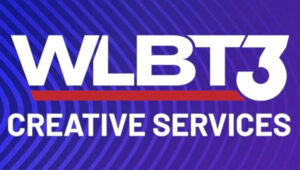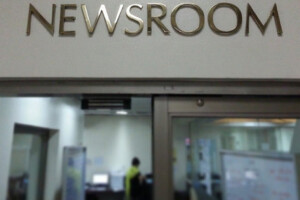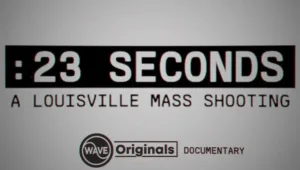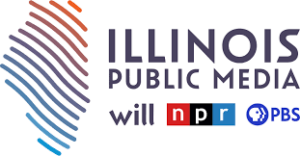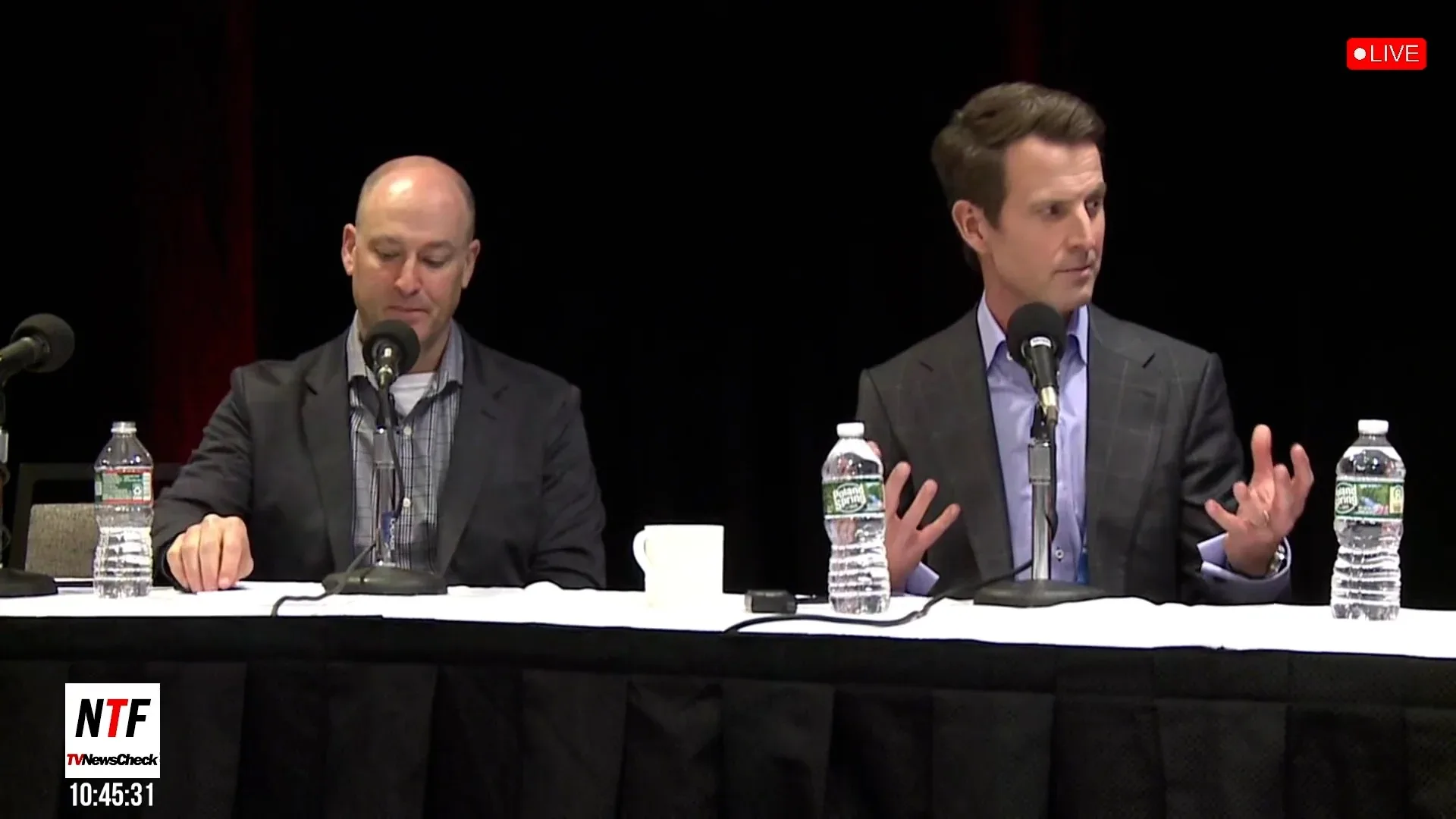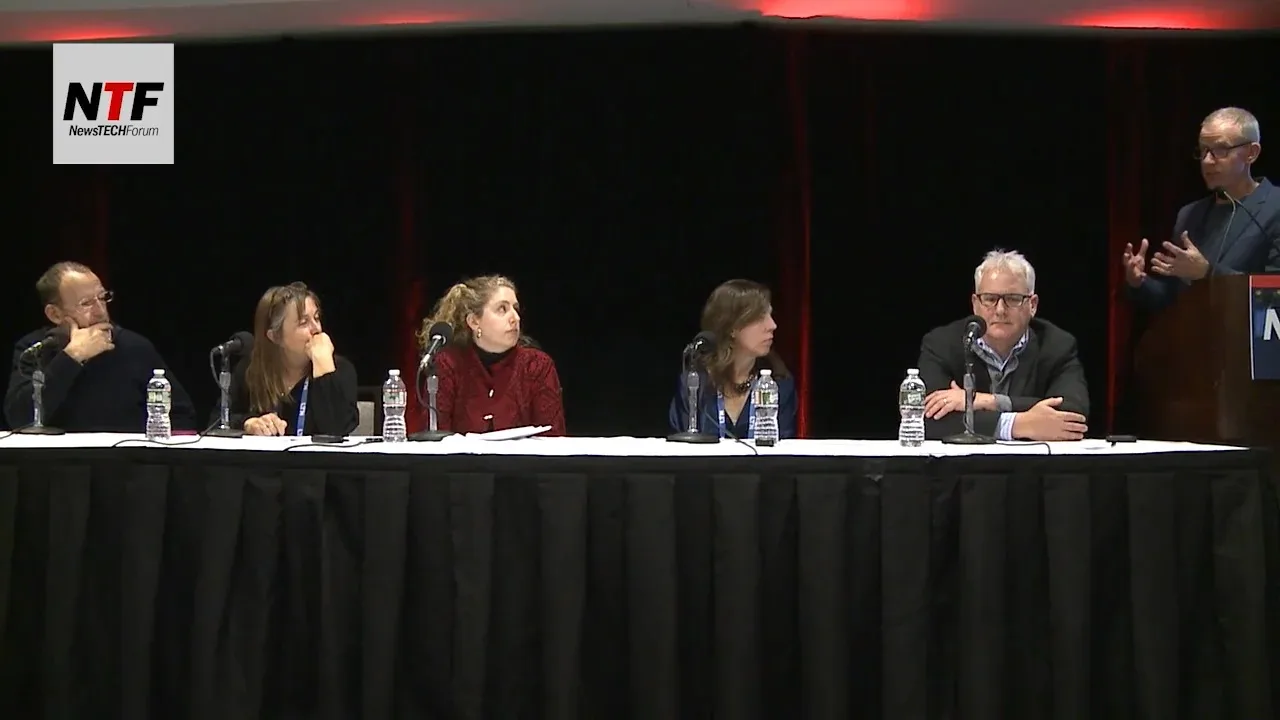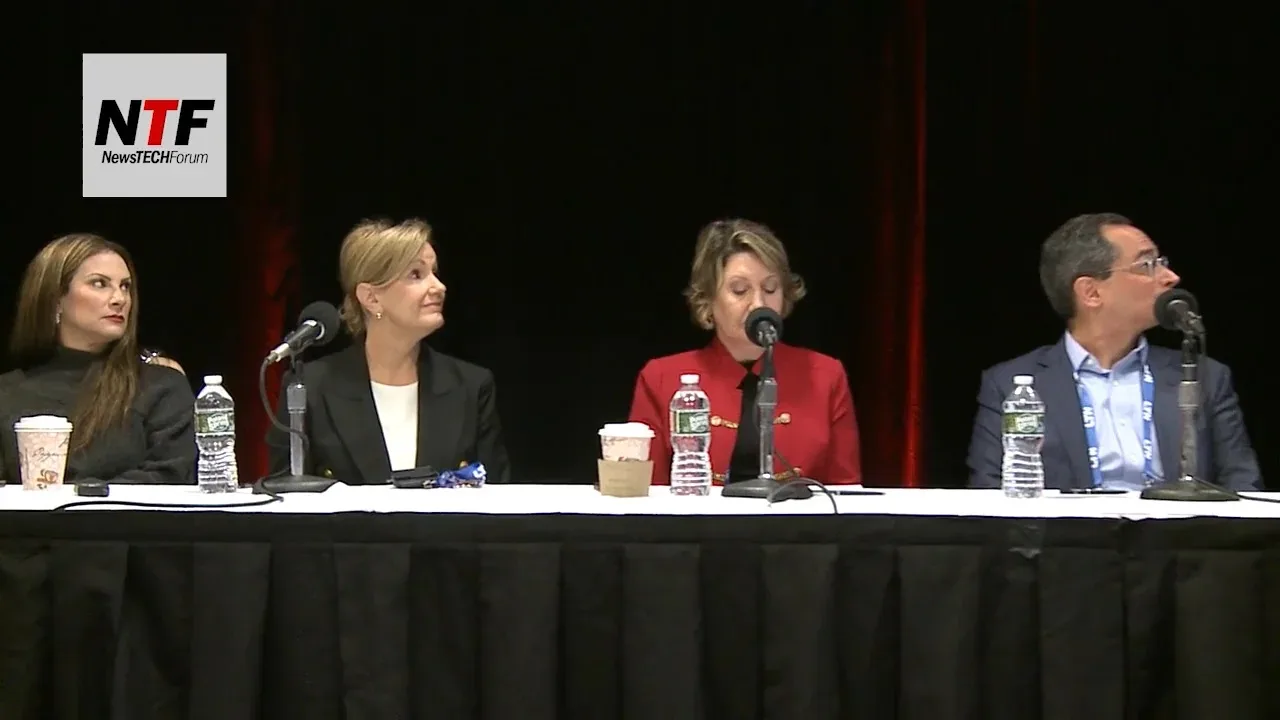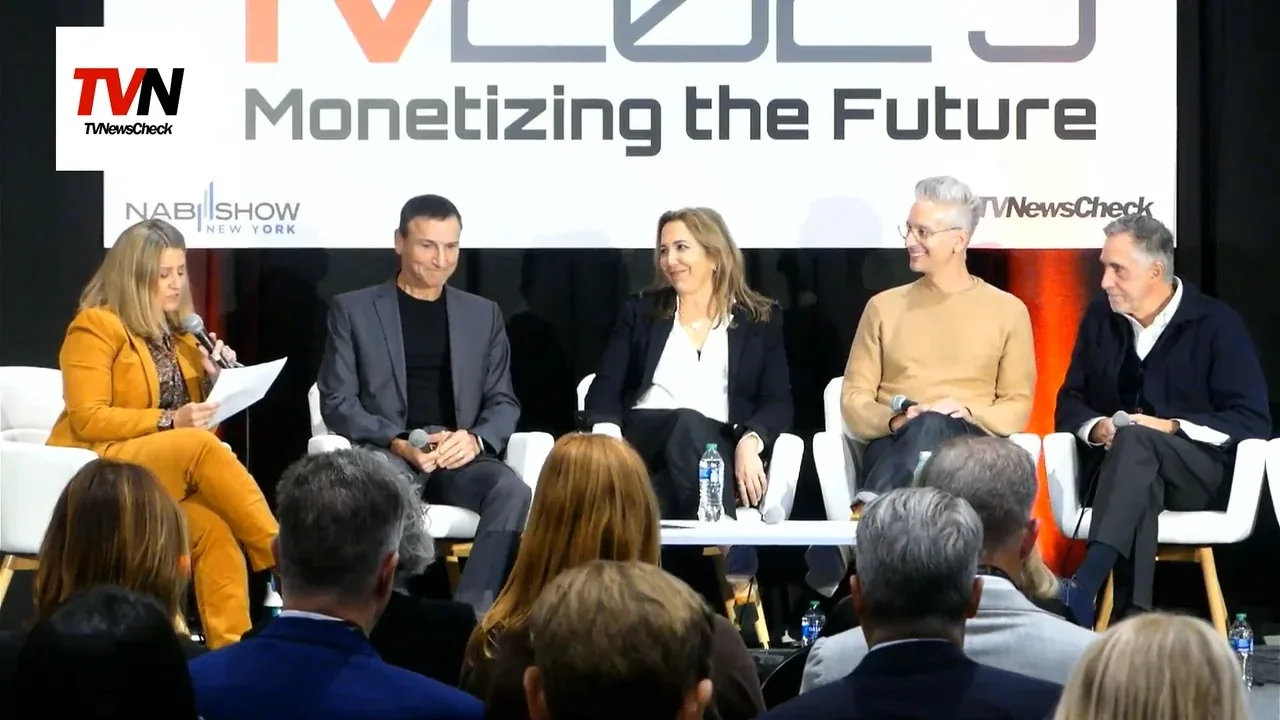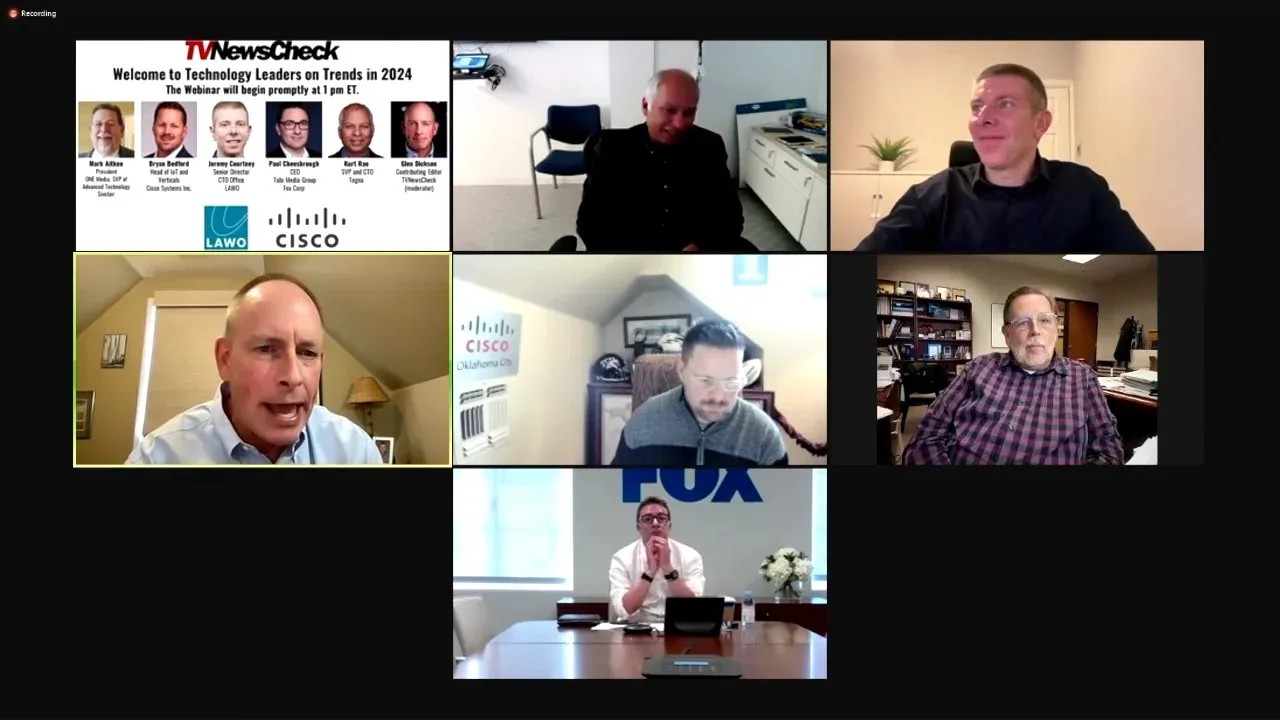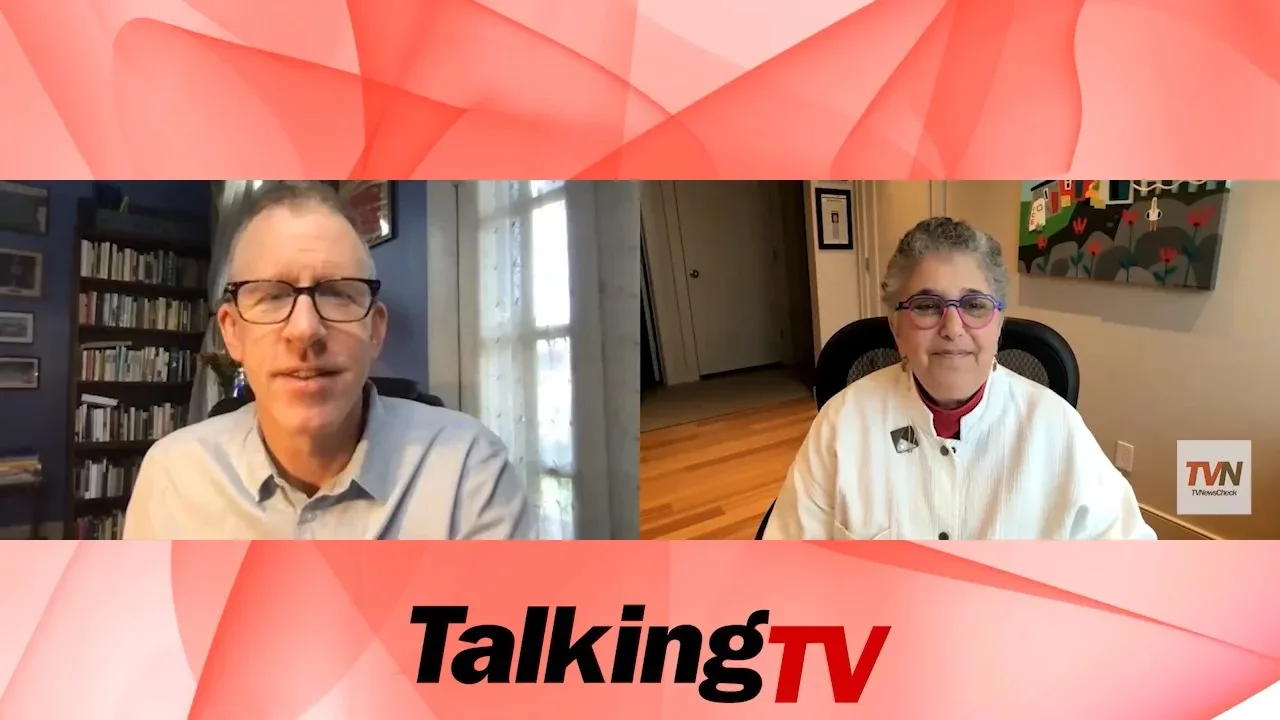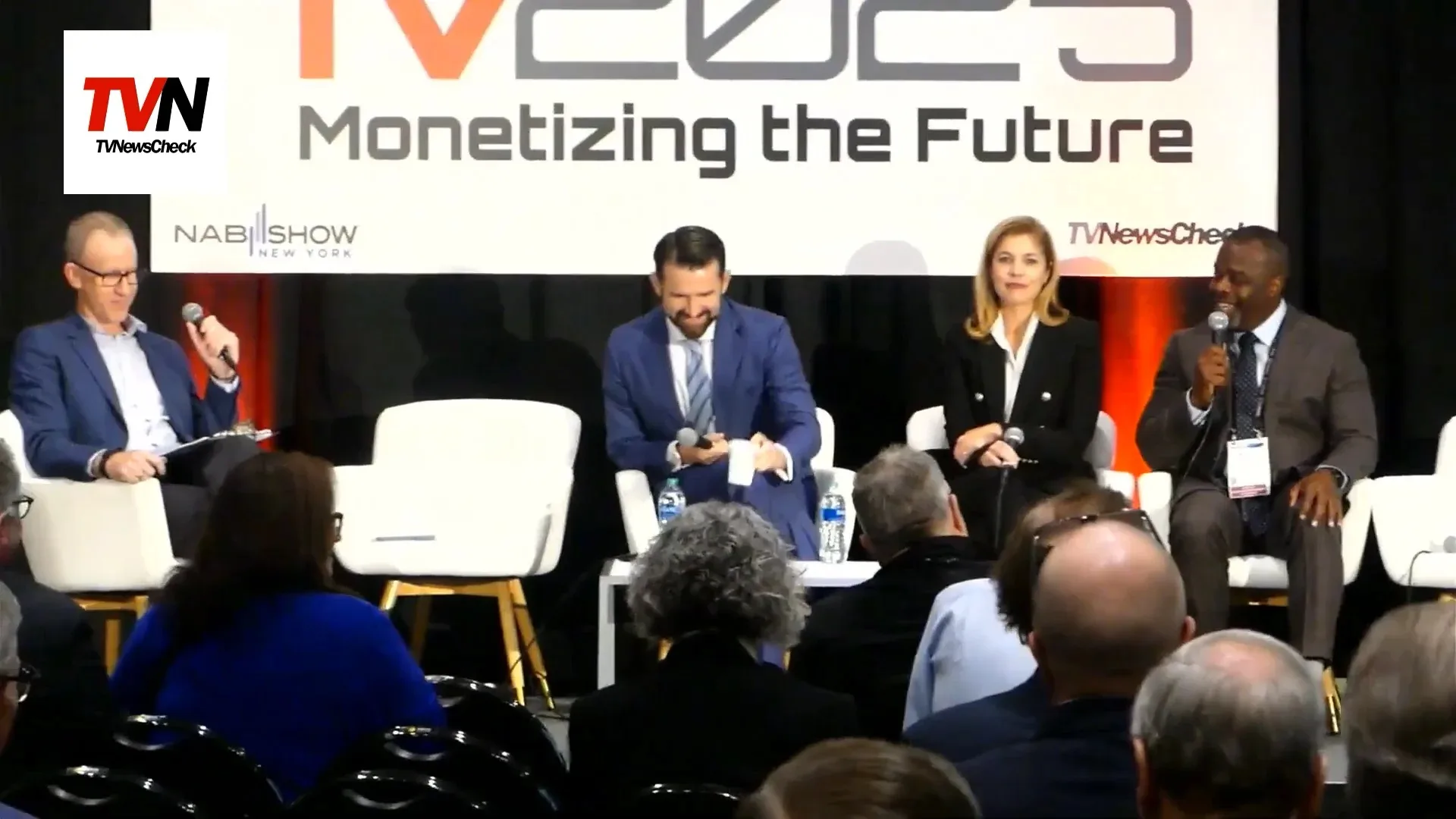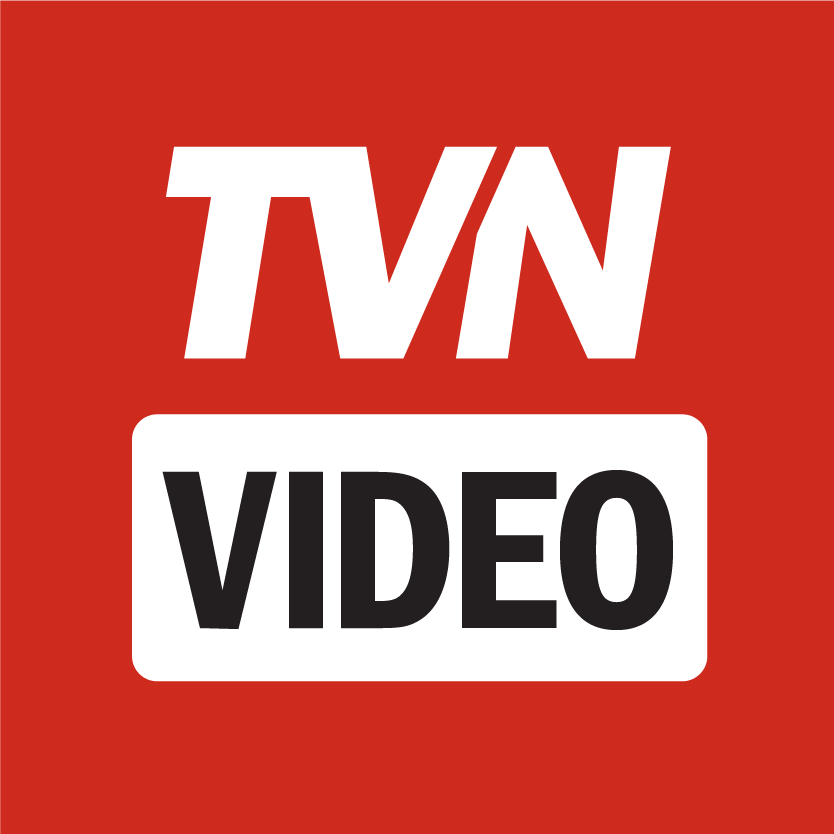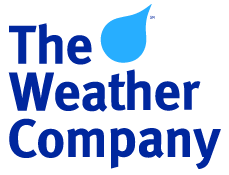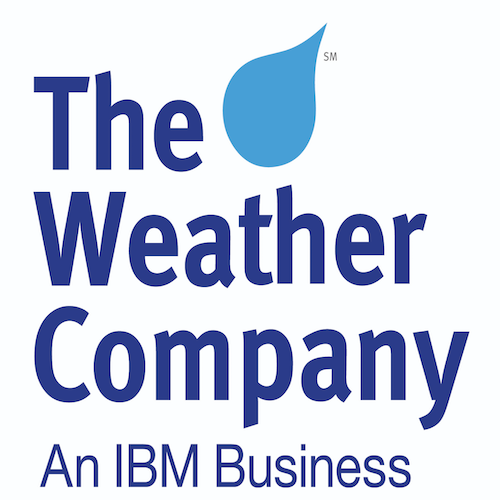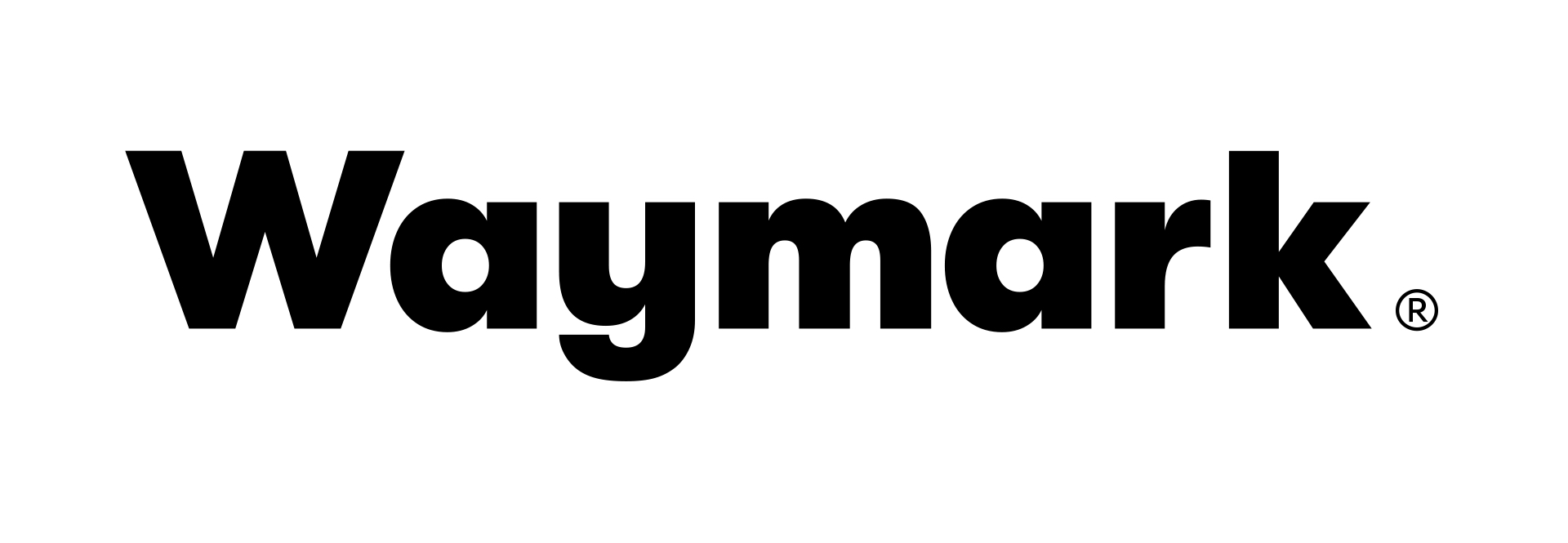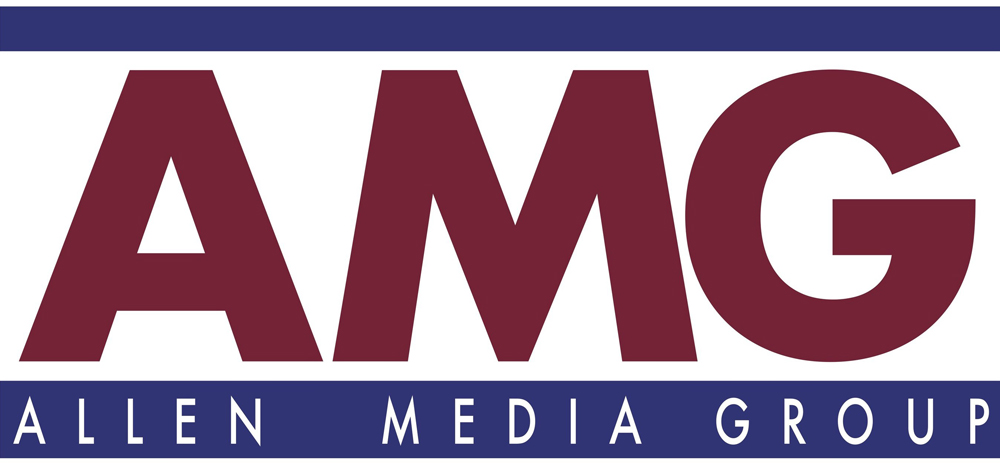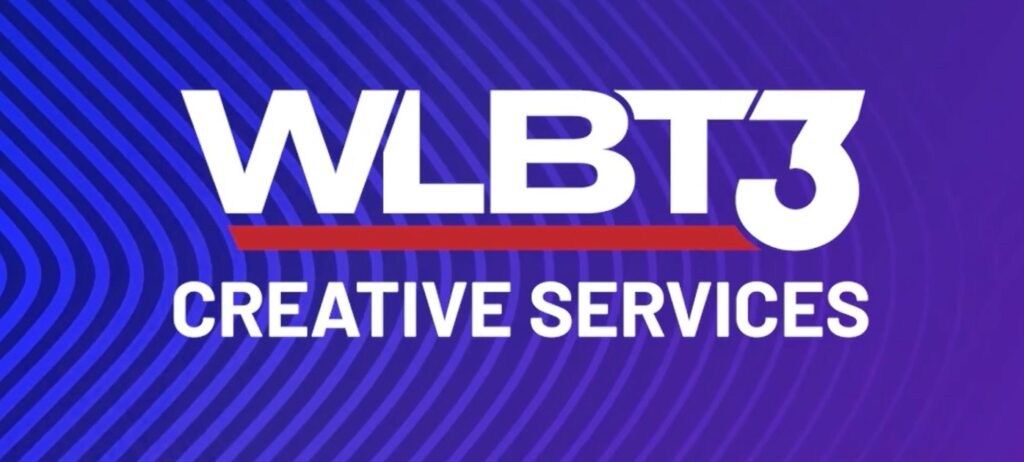In what it called a “first,” LiveU tested how 5G slices — the ability to segment a 5G network to provide guaranteed upload bandwidth and latency — can serve global […]
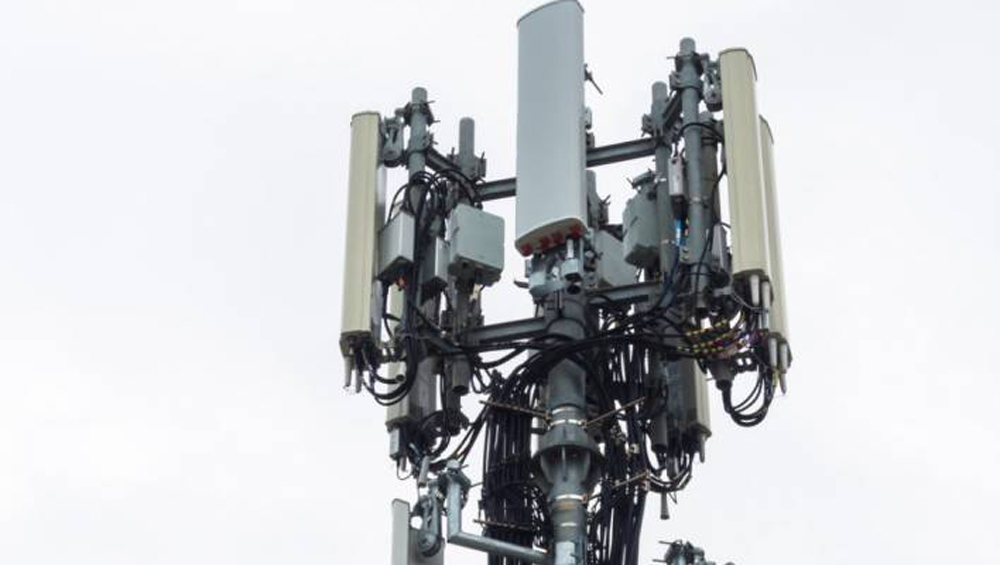
The Trump administration has discussed a range of strategies to counter Huawei’s growth and put more American muscle into the competition against the Chinese telecom giant, including by prodding large U.S. technology companies to acquire Ericsson or Nokia.
Ericsson Media Business Returns To Stable Performance
 Not being the first out of the chutes with delivery of 4K UltraHD to viewers isn’t necessarily a bad thing for broadcasters. While the industry awaits FCC authorization of next-gen TV transmission, thinking on the best way to deliver 4K has had time to percolate.
Not being the first out of the chutes with delivery of 4K UltraHD to viewers isn’t necessarily a bad thing for broadcasters. While the industry awaits FCC authorization of next-gen TV transmission, thinking on the best way to deliver 4K has had time to percolate.
Ericsson Looks To ‘Transform TV’
At its NAB 2017 press conference on Sunday, Ericsson unveiled how it plans to “transform TV” with new OTT dynamic-ad insertion technology, MediaFirst video processing solutions, cloud-based-captioning services, content-discovery tools, and its Unified Delivery Network.
AIMS Announces Four New Members
Will TV Video One Day Require A CALM Act?
Ericsson announced it has agreed to acquire Envivio for $4.10 per share, or approximately $125 million. The deal values Envivio, which had revenue and $41.5 million for the year ended Jan. 31,at more than more than double its closing price of $1.90 in yesterday’s trading.
AT&T used the collegiate national championship football game in Dallas Monday night as a backdrop to the operator’s first live demonstration of LTE broadcast technology. Also known as LTE multicast, the company worked with partners Ericsson, Qualcomm, ESPN, Samsung and MobiTV to deliver two channels of streaming video and one channel of data to 40 LTE-broadcast enabled Samsung Galaxy Note 3 devices.
The demonstration took place in Australia, but it showed how U.S. television stations could potentially broadcast in the future. Ericsson, in partnership with Qualcomm, submitted its LTE Broadcast Solution to the Advance Television Systems Committee as a proposal for ATSC 3.0, the next-generation U.S. broadcast standard. “LTE Broadcast provides the ability to send the same content simultaneously to a very large number of devices in a target area,” says Thomas Norén, VP, head of Project Area Radio at Ericsson.
 The company’s Galaxy 13 satellite delivered a 4:2:2 10-bit, 4K signal at 60 frames per second to Turner Broadcasting’s facility in Atlanta.
The company’s Galaxy 13 satellite delivered a 4:2:2 10-bit, 4K signal at 60 frames per second to Turner Broadcasting’s facility in Atlanta.
Global TV Stats Down, But U.S. Viewing Up
A sweeping new report from Swedish tech firm Ericsson that studied viewing habits across 13 developed countries found that fewer people are tuning in to watch regularly scheduled TV, recorded programs and DVDs, while on-demand content from the Web — including TV shows, movies and clips — is rising steadily. By contrast, according to Nielsen, TV viewing in the U.S. is growing from all sources — including traditional TV, where audiences tuned in an average 22 minutes more per month in the first quarter of 2011 compared to the same period a year ago.
Online Video Eats Away At Broadcast TV
Some 38% of viewers watch online TV programming more than once a week , according to Ericsson ConsumerLab’s new “TV & Video Consumer Trend Report 2011.”



